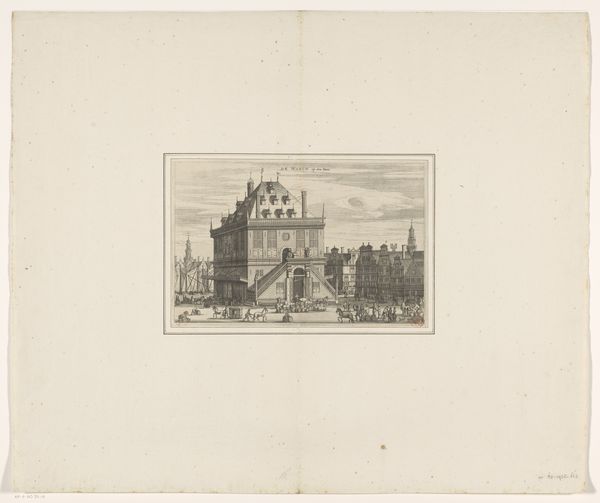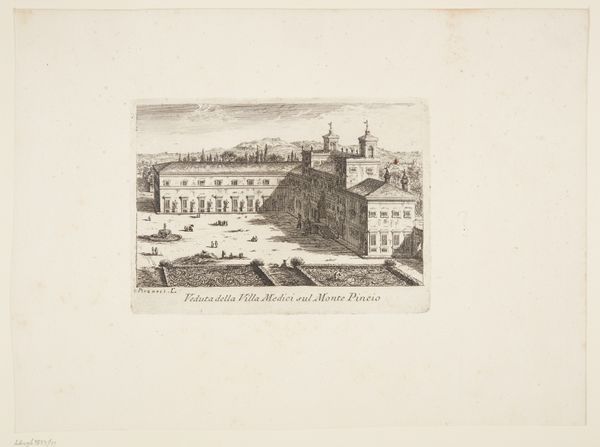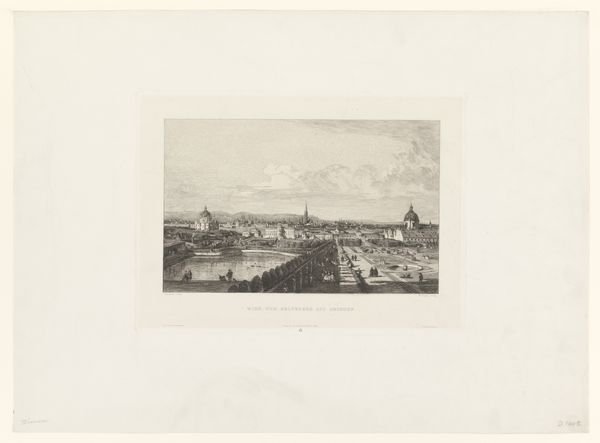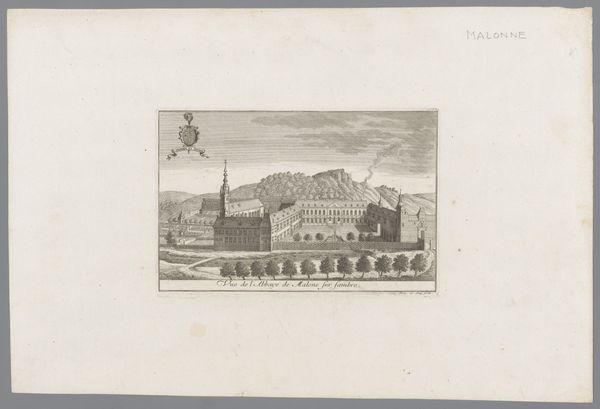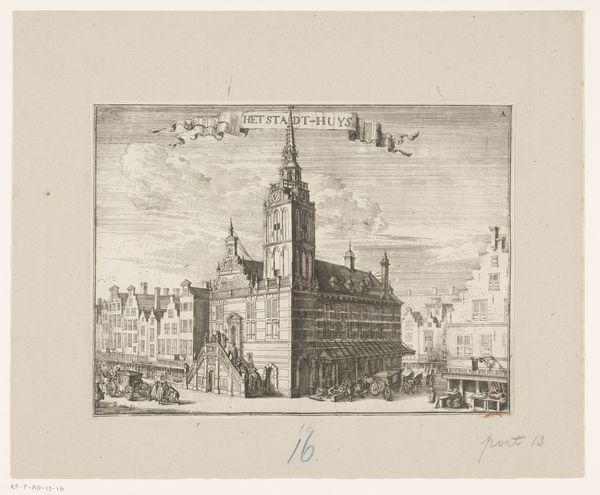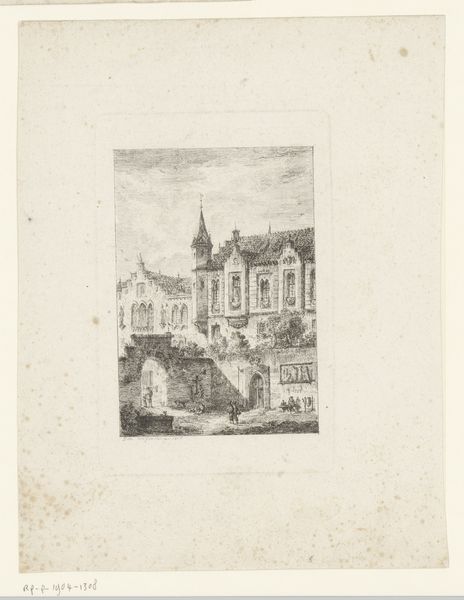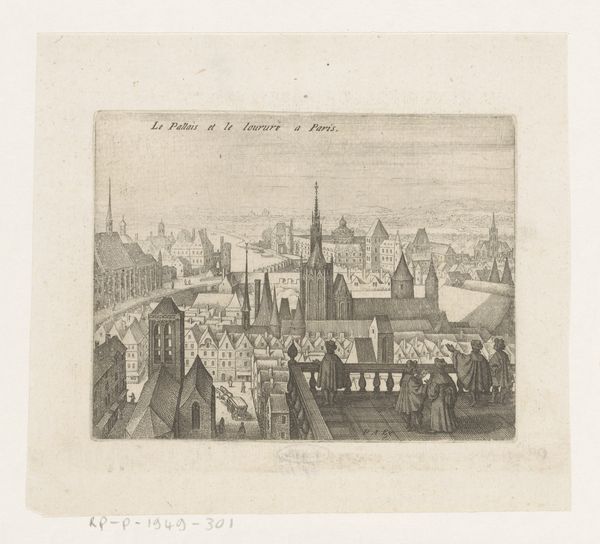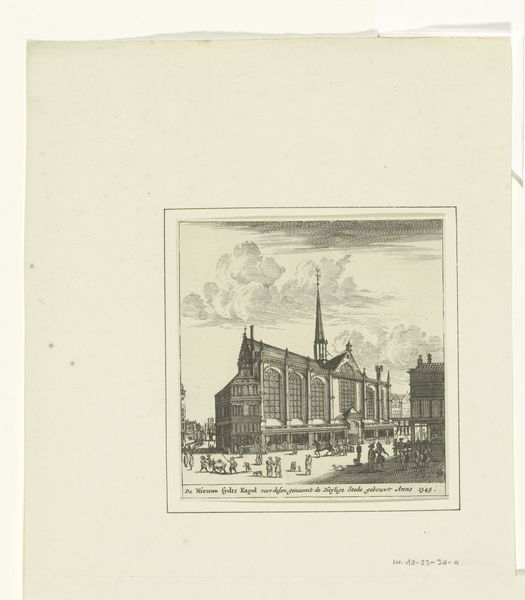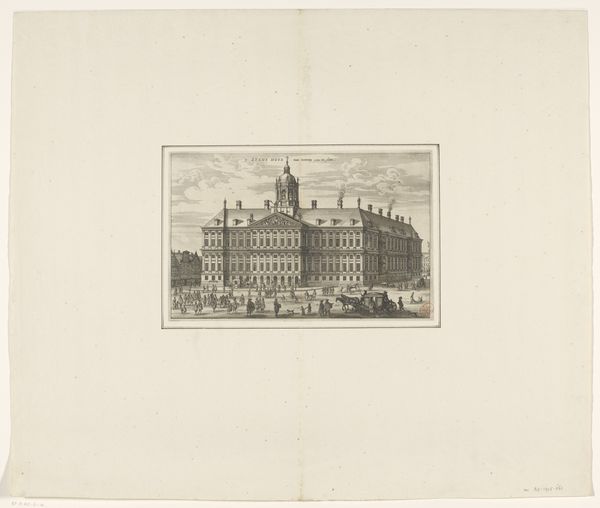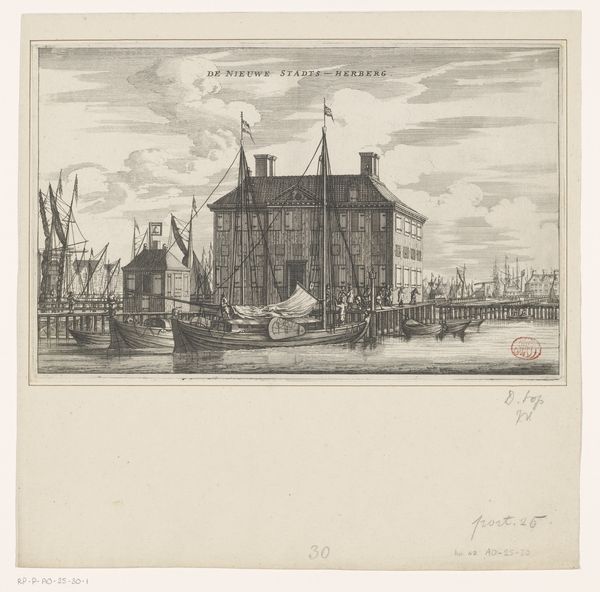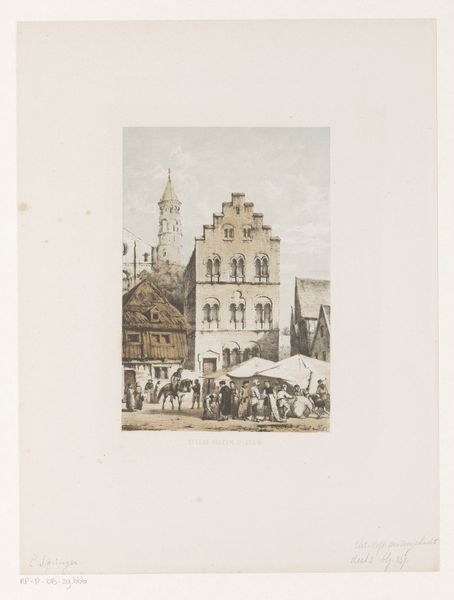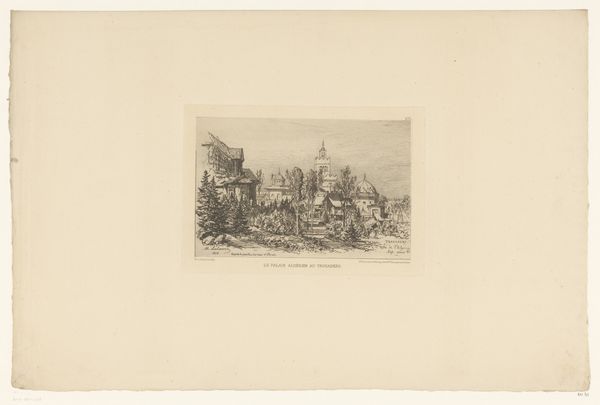
Vogelvluchtgezicht op de Beurs van Hendrik de Keyser te Amsterdam 1612 - 1648
0:00
0:00
claesjanszvisscher
Rijksmuseum
print, engraving
#
dutch-golden-age
#
ink paper printed
# print
#
old engraving style
#
perspective
#
pen work
#
cityscape
#
engraving
Dimensions: height 253 mm, width 323 mm
Copyright: Rijks Museum: Open Domain
Curator: This engraving, created sometime between 1612 and 1648 by Claes Jansz. Visscher, offers us a bird's-eye view of Hendrik de Keyser's Stock Exchange in Amsterdam. Editor: My first impression is just how incredibly detailed it is. All those tiny figures bustling about, the intricate stonework…it's a celebration of labor, both artistic and commercial. Curator: Absolutely. Amsterdam was exploding economically during this period. This image captures that energy and visualizes the importance of the Exchange as a centre of commerce and civic pride. It reflects Amsterdam's ascent as a global power. Editor: I'm particularly drawn to the technique. Engraving involves meticulously cutting lines into a metal plate, then using that plate to transfer the image onto paper. It's a labour-intensive process, one mirroring the industry it depicts. How does the museum position this piece? Curator: We primarily contextualize this work in terms of Amsterdam's Golden Age and its relationship with early capitalism. We consider the print's distribution and how it shaped public perceptions of the city's financial landscape. Editor: It's fascinating how the artist chooses to show the building filled with people engaged in the business of exchange, hinting at this relatively new form of social activity, all those hands enacting different kinds of transaction. What kinds of paper and inks would they have used for such a relatively mass-produced item? Curator: Most likely relatively inexpensive paper stock and standard inks, emphasizing function over high art finish, indicating accessibility and widespread use, underscoring the work’s intended audience and purpose. Editor: I find that tension—between the precious labor involved and the potential disposability of the printed image—really compelling. It’s a glimpse into the burgeoning world of mass media and its role in shaping perceptions of capital. Curator: Indeed. By looking closely at the image, we understand the intersection of artistic technique, commercial activity, and the construction of Amsterdam's identity during a pivotal period. Editor: It highlights the tangible aspects of early economic globalization, turning concepts of "the market" into materials we can still examine today.
Comments
No comments
Be the first to comment and join the conversation on the ultimate creative platform.
